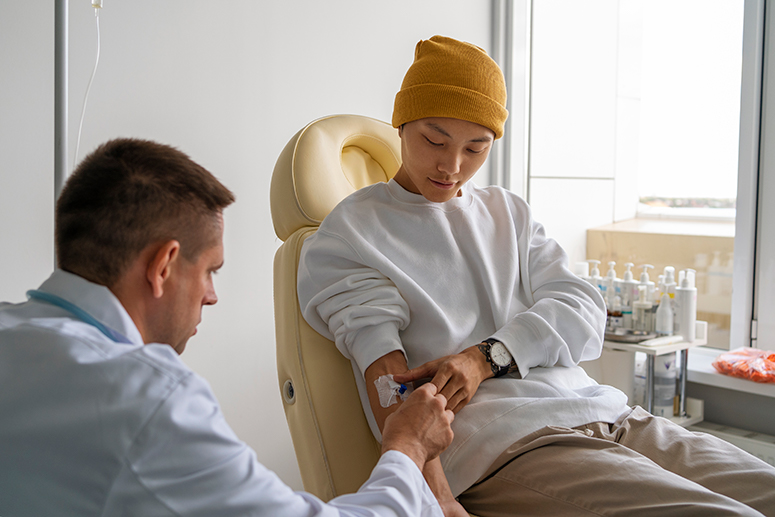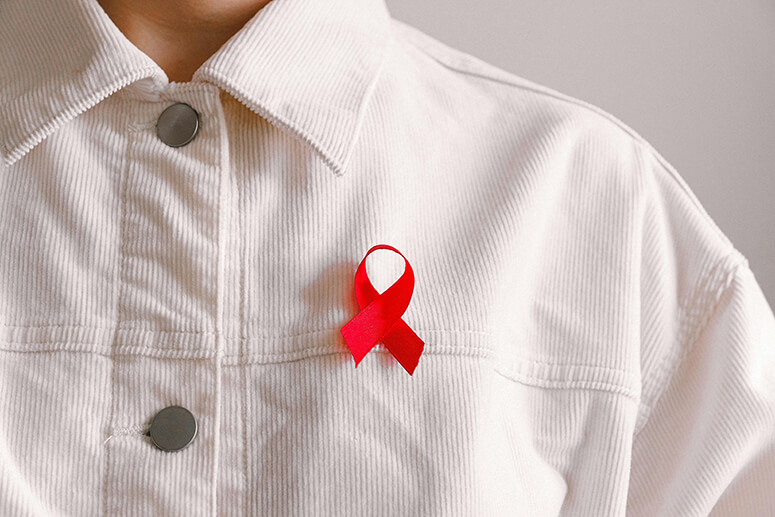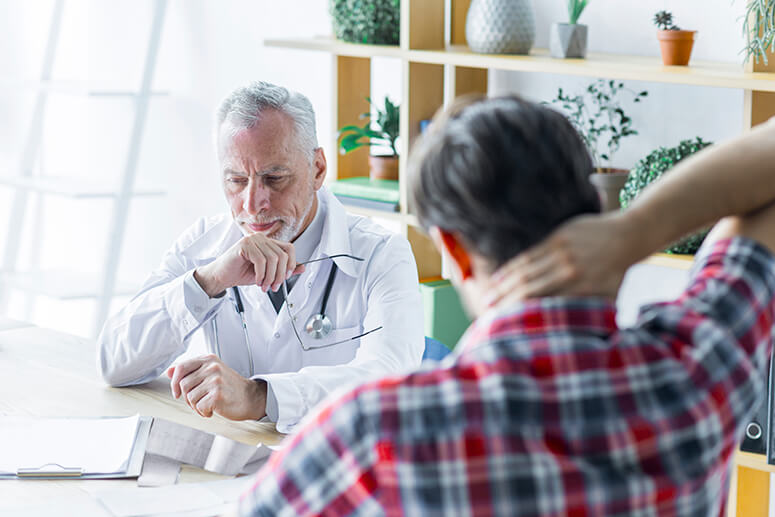The challenges of having HIV
I recently encountered an old patient of mine, a young man named JM, whom I’ve treated for acne over the past eight years. During his recent visit, JM presented with generalized one to 1.5-inch red flat rashes scattered across his torso, arms, and thighs. I asked if he had engaged in any sexual activity recently.
Initially, he denied it but after persistent inquiry, he reluctantly disclosed that he’d tested positive for HIV. Following a recent sexual encounter of approximately three to four weeks ago to a random individual, he developed this rash, which he thought was just a plain and simple allergic reaction. His rash is not accompanied by any symptom such as pain, itching etc., which makes it more scary. Since there were no accompanying symptoms, I asked him to do a laboratory exam for syphilis and it turned out positive. While I’m less concerned about the positivity of syphilis, HIV at such a young age is concerning. Despite significant advances in HIV treatment, it remains a serious condition that requires careful management.
I felt sad for JM as he was just a kid when I first treated him for acne, and now he faces the challenge of living with HIV.

Around two decades ago, I worked at a hospital in New York—a time when HIV became a significant concern in the healthcare field. Back then, the Philippines had the lowest number of Human Immunodeficiency Virus (HIV) cases among countries. However, a decade and a half later, new HIV cases in the Philippines were reported every three days. Today, a new HIV case is diagnosed every one and half hours, according to the Philippine National AIDS Council. While the Asia-Pacific region witnessed a 14% decrease in new HIV infections and a 51% decrease in AIDS-related death between 2010 to 2022, the Philippines has a different scenario.
New infections and AIDS-related deaths in the Philippines continue to rise rapidly (percent change in new HIV infections since 2010 is 418 percent; the percent change in AIDS-related deaths since 2010 is 538%).
Nearly a thousand deaths among those diagnosed with HIV were reported in 2022 and, as of October 2023, reported deaths had already reached 834. Almost half (49%) of these were from those aged 25-34.
The Philippine HIV Epidemic is largely among MSM (men having sex with men) and TGW (transgender women). The youth remains the driver of new infections in this rapidly increasing HIV epidemic in the country. The estimated 189,000 People Living with HIV (PLHIV) by the end of 2023 is projected to increase by more than two times to 401,700 PLHIV by 2030, according to the AIDS Epidemic Model Spectrum published in May 2023.
Even as the spread of HIV has decreased in many parts of the world, the Philippines is one of the seven countries struggling to combat the increase of the HIV epidemic wherein most of the reported cases were predominantly caused by sexual contact among the MSM population.
Men’s participation in unsafe sex and drug injections were primarily responsible for the transmission of HIV. According to DOH serologic surveillance, MSM were identified as one of the sub-populations with the highest risk of acquiring HIV. This was further supported by a study published in The Lancet Infectious Diseases Journal, identifying young, sexually active MSM as a core transmitter of the HIV epidemic in the country.
The alarming increase of HIV in MSM and TGW poses an imminent threat and may impede the efforts of the nation to combat the disease.
With knowledge and awareness plus retroviral medication treatment being offered for free in many public hospitals, the country now has the power and capability to potentially arrest and reverse this epidemic.

Challenges in achieving the targets:
Prevention
- Low level of knowledge on HIV among key populations
- Low condom use among key populations
- Low PrEP (Pre exposure prophylaxis) coverage
- Stigma including self-stigma, hindering access to available services
- Inadequate capacity building for service providers
- Unstable supply of Rapid Diagnostic Tests for rHIVda (Rapid HIV Diagnostic Algorithm)
Treatment
- Unstable supply of diagnostics (viral load cartridges)
- Unstable supply of medicines for multi-month dispensing (MMD)
- Sustaining care and protection
- Available machines (e.g. cartridge-based nucleic acid amplification test) not optimally used
If you’ve just found out that you’re HIV positive, you may feel overwhelmed, fearful, and alone. But you’re far from alone. People and resources are available to help you.
It may help to remember that being HIV positive is not the virtual death sentence it once was. HIV can lead to AIDS. But being HIV positive does not necessarily mean that you have AIDS. New treatments are available. With a healthy lifestyle and the right medical care, many HIV-positive people are living long, productive lives.

You don’t have to share your HIV diagnosis with everyone. But some people may have a legal right to know. You may want to tell others voluntarily like the following people:
Sexual partners. Even if it’s not mandatory, consider disclosing your HIV status to people whose safety may depend on it.
Needle sharers. Healthcare professionals who will be performing procedures on you should be informed so that they can take care of you better and for their protection also.
Family and friends. While, for the most part, this is your call, by opening up about your HIV, you may bring emotional and other support as well as gaining help during your treatment or medical emergencies.
Employers. The boss and company you work for do not have the right to know about your HIV status unless there is a valid concern about accidental exposure to blood or other safety issues. And if you’re worried about possible discrimination, it may be best not to tell.
Protect others from Becoming HIV-positive
Because you’re HIV positive, you can give the virus to others, even if you don’t feel sick. This can happen through unprotected sex or by sharing needles. You can protect others by using condoms and clean needles. By doing this, you can also protect yourself from other strains of HIV. Also, don’t donate blood.

If you are a woman, you can spread HIV to your baby during pregnancy, birth, or breastfeeding. Ask your doctor what you can do to protect your child. Proper treatment has nearly wiped out the spread of infection to newborns in the US so we can do it here, too.
Uninfected sexual partners can take a daily pill called PrEP (pre-exposure prophylaxis) for extra protection against HIV. PrEP is also now available as a bimonthly (every other month) injection.

A great advantage of getting on HIV treatment, in addition to protecting one’s own health, is that those with undetectable virus loads will not transmit HIV to others (at least sexually). However, the use of condoms should always be considered because of possible lapses in therapy (during which one could transmit HIV to others) and the potential for (bidirectional) transmission of other STIs.
Monitor your health
Keep your doctors’ appointments. You will have blood drawn every few months, especially in your first year. These tests track your HIV viral load, which tells how well your HIV drugs are working, and your CD4 count, which shows how well your immune system responds to treatment. The visits also will give you a chance to ask your doctor questions.


